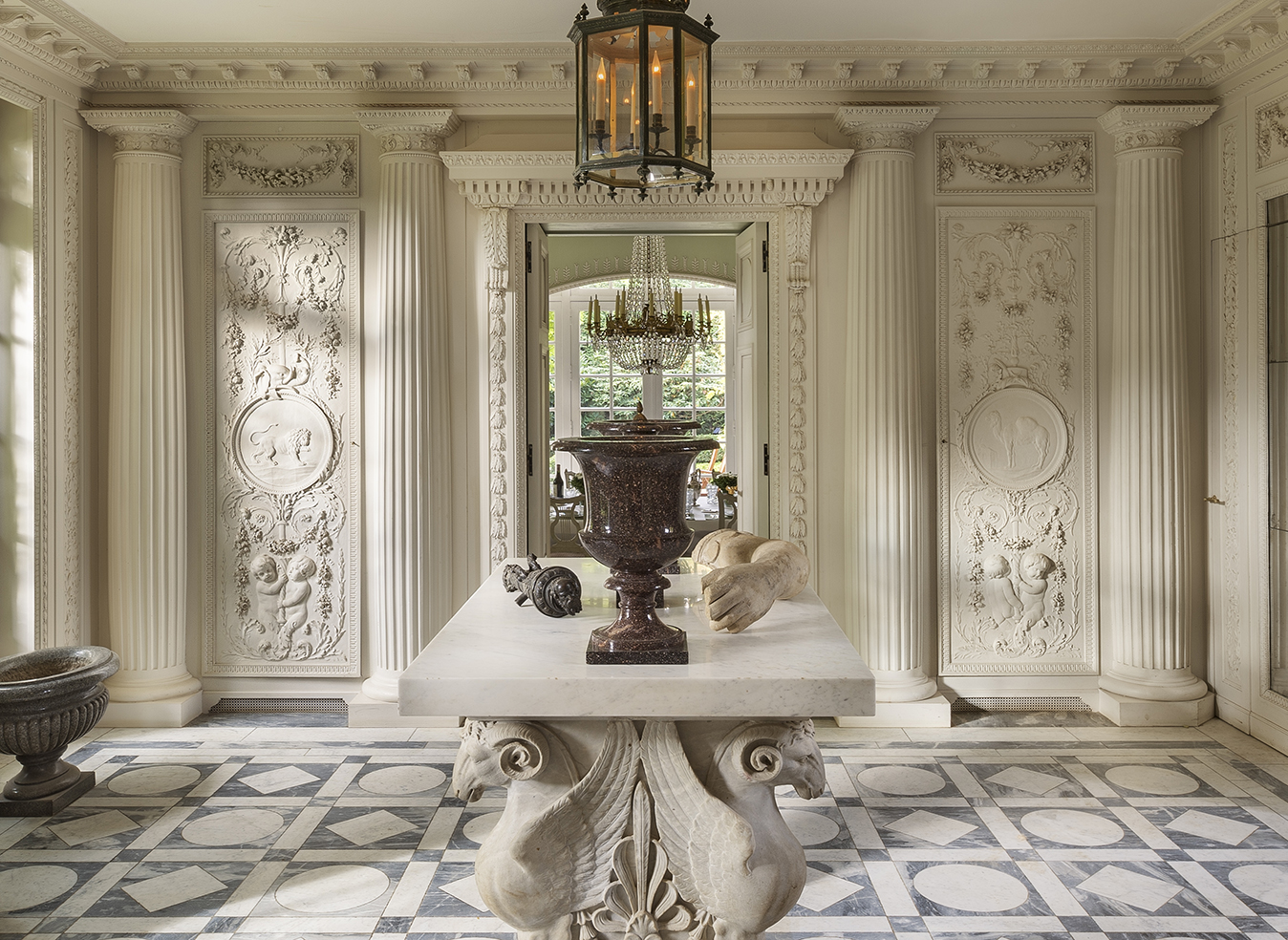Féau’s 4 decorative styles
At Féau, we love style… and perpetuating tradition. Four great styles are expressed in our various projects.
Typical of French taste since the 17th century, they are a precious source of inspiration and references for our clients — all lovers of beauty and historical detail — which we know how to recreate or interpret in a modern way, always with finesse and a sensitivity to proportion.
Here are a few defining features of the 4 great movements that all of us are passionate about — from the styling office, to the making workshops, to the artists who create our decorative finishes.

Régence style
(Louis XIV – Régence – Louis XV)
The Régence style stands at the crossroads of the Louise XIV style (the majestic and formal style of the grand decors at Versailles), the rocaille eccentricities of the taste for chinoiserie that enchanted the early 18th century, and the Louis XV style with all its curves and whimsy. It draws on these different tendencies and embodies a synthesis of the French decorative arts in the mid-18th century, the period of the awakening of French taste, in a spirit of constant decorative inventiveness.

Neoclassical style
A return to order after the rocaille frenzy of Louis XV. The architecture is ornamented with classical-style columns and pediments, and the boiseries at Versailles is painted white at this period. But this era also harbors whimsical treasures: within architectural works that are so restrained as to come close to abstraction, are hidden surprises,decors displaying an extraordinary level of imagination, often inspired by ornamentation in the Roman villas of Pompeii that were being rediscovered almost intact at that time. It is the pinnacle of French style, represented by the works of great architects such as Ledoux and Bélanger.

Empire
A style was created at the beginning of the 19th century by Napoleon’s architect–decorators, Charles Percier (1764–1838) and Pierre Fontaine (1762–1853), glorifying his reign. It revels in references to classical Rome, such as eagles with outstretched wings, laurel wreaths, martial attributes, and straight lines. It also revels in Egyptian motifs, which were very fashionable after Jean-François Champollion’s discoveries during Napoleon’s Egyptian Campaign, between 1798 and 1801.

20th century style
The styles of the 20th century form an integral part of Féau Boiseries’ architectural and ornamental repertoire : the celebrated geometry of mid-1920s Art Deco, the modernized reinterpretation of the Louis XVI style in the 1940s, and even the exuberance of 1970s disco, such as this interior scheme of mirrors and metal installed by Valerian Rybar and Jean-François Daigre, designers to the jet set, in their hôtel particulier on the Rue du Bac, Paris.

